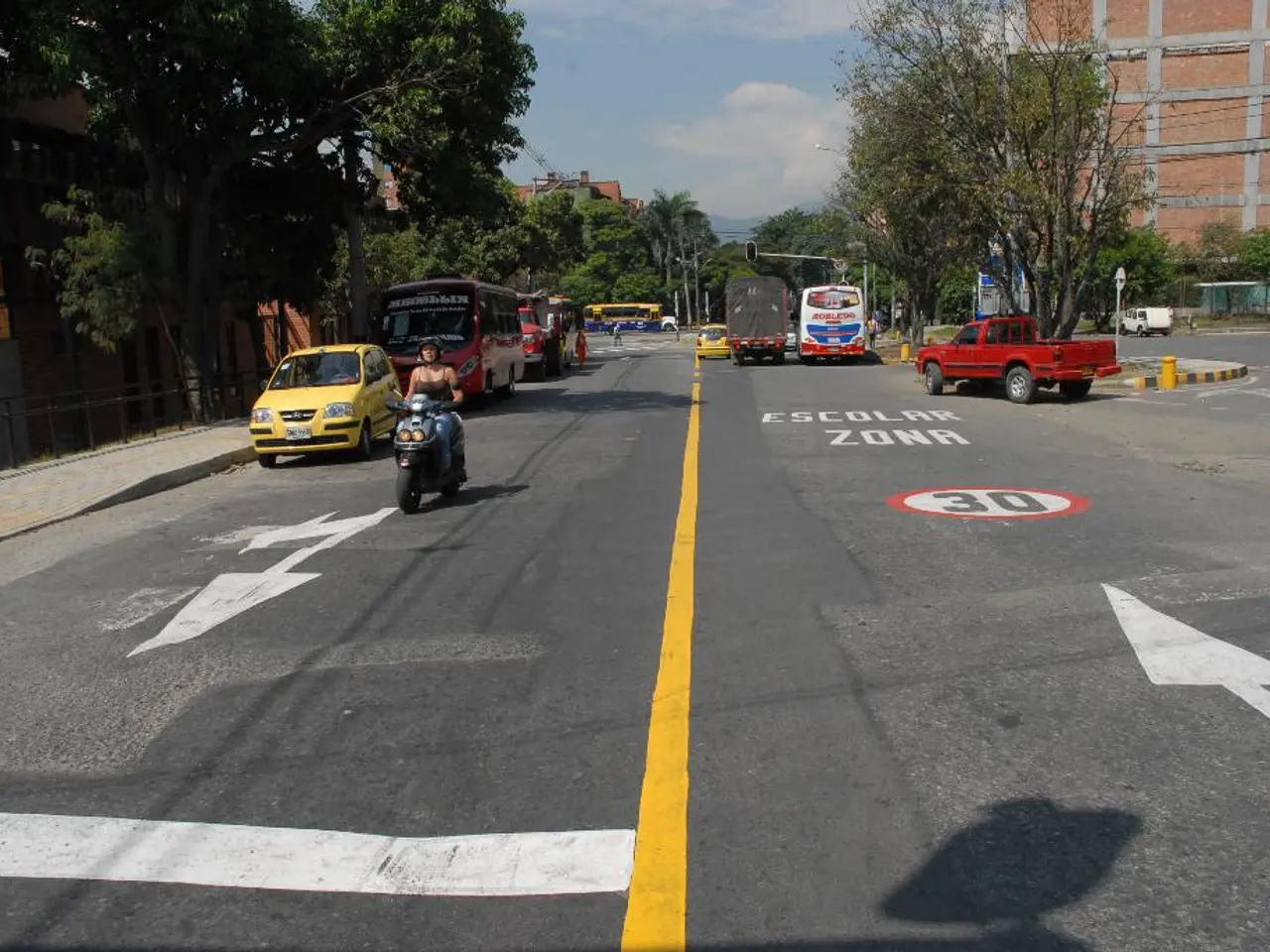Demonstrating Negligence in a Premises Liability Lawsuit: A Guide!
Slips, trips, and falls due to unsafe conditions on properties can lead to serious injuries and financial hardship. If you find yourself in such a situation, understanding the key elements of a successful premises liability case can help you seek the compensation you deserve.
Establishing a Strong Case
To establish a strong premises liability case, you must prove four critical elements:
- Duty of Care: Show that the property owner had a legal obligation to keep the premises safe. This duty varies depending on the context, with business owners owing a higher duty to customers, landlords responsible for common areas, and private owners obligated to warn invitees of known dangers.
- Breach of Duty: Prove that the owner breached this duty by failing to fix or warn about a dangerous condition. This involves demonstrating that the owner had actual or constructive knowledge of the hazard and neglected to act reasonably to remedy it.
- Causation: Show that the breach directly caused your injury, meaning the hazardous condition led to your slip, trip, or fall.
- Damages: Demonstrate that you suffered actual harm as a result of the incident, such as physical injury, emotional distress, or financial loss.
Gathering Evidence
Strong evidence is crucial to support your claims. This may include:
- Photographs or videos of the hazardous condition at the time of injury
- Witness statements confirming the dangerous environment
- Documentation of medical treatments and related expenses
- Records showing the property owner’s awareness or neglect of the hazard
For slip and fall cases specifically, common hazards include wet floors, uneven surfaces, debris, or inadequate warning signs. Property owners are expected to take reasonable measures such as timely cleaning, warning signage, and regular inspections to reduce risks.
Proving Negligence
The most disputed element is often proving the property owner’s knowledge and negligence. Working with an attorney experienced in premises liability can help identify and gather the evidence needed to meet these requirements and argue your case effectively.
Key Success Factors
| Element | Description | |------------------|-------------------------------------------------------------------------------------------------| | Duty of Care | Owner’s legal obligation to maintain safe premises for visitors | | Breach of Duty | Owner knew or should have known of hazard and failed to fix or warn | | Causation | Hazard directly caused injury | | Damages | Actual harm (physical, emotional, or financial) | | Supporting Evidence | Photos, videos, witness statements, medical and incident records |
Proving all these elements by a "preponderance of the evidence" is essential to win compensation in premises liability slip and fall claims. In 2023, there were 885 reported slips, trips, and falls due to unsafe conditions on properties, highlighting the importance of understanding your rights and taking action when necessary.
Staying honest, thorough, and well-documented can significantly improve your chances of success in a premises liability case. Keeping a diary or journal to track experiences and encounters with different challenges in daily living can strengthen your claim. Don't forget to include emotional distress, pain, and suffering in your claims for premises liability cases. Consulting a qualified lawyer can help address the challenges of a premises liability case and guide you through the process.
Read also:
- Apparition's Significance and its Delivered Messages - as discussed by Sensenmann
- Explored the Popular Health Assessment with a Queue of 100,000 Aspiring Participants - Here's My Unadulterated Opinion
- Hearing impairment condition: Recognizing symptoms and management approaches
- Exploring Recurring Actions in Mature Individuals: An Analysis of Persistent Actions in Adults' Daily Lives





